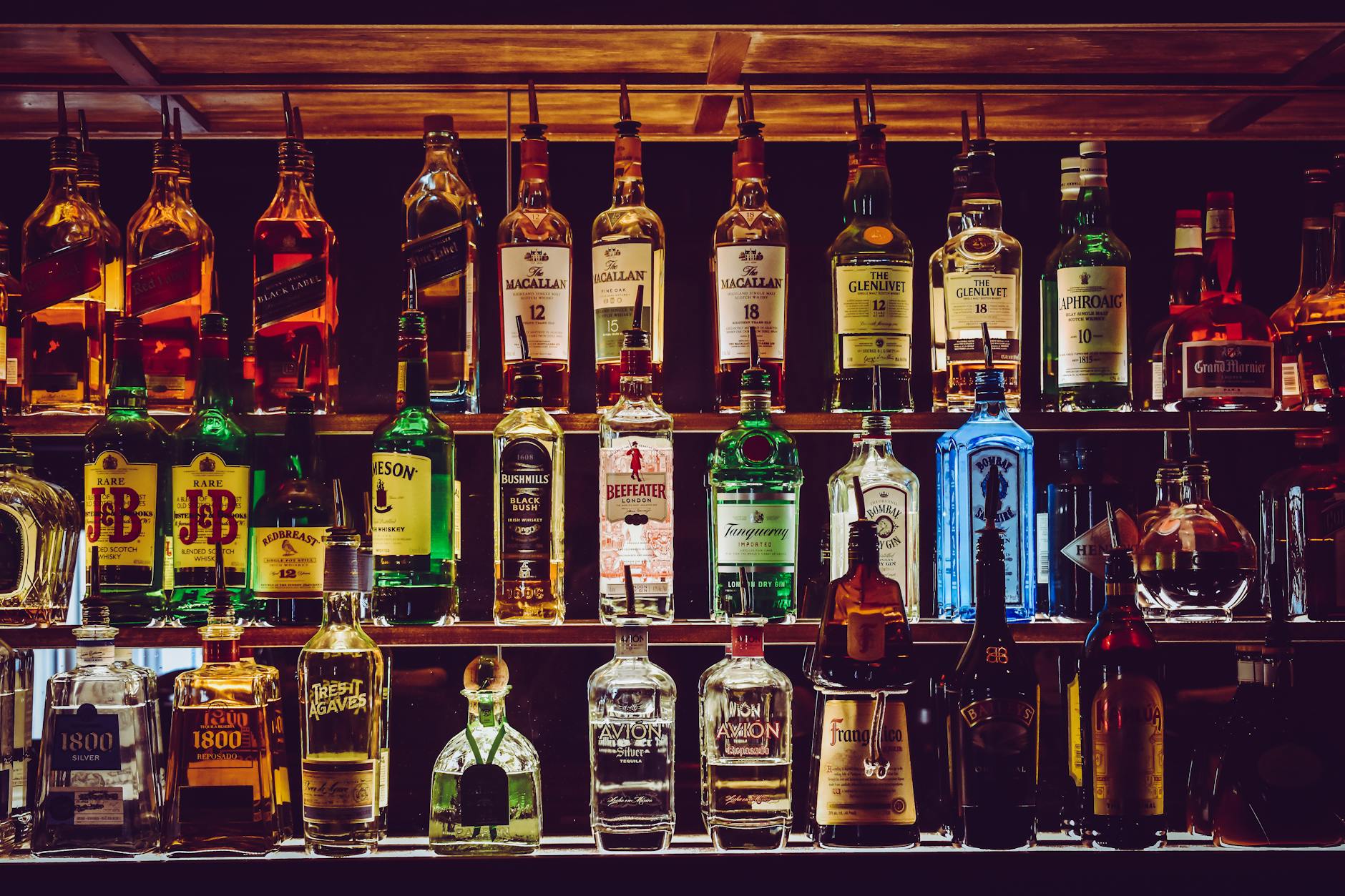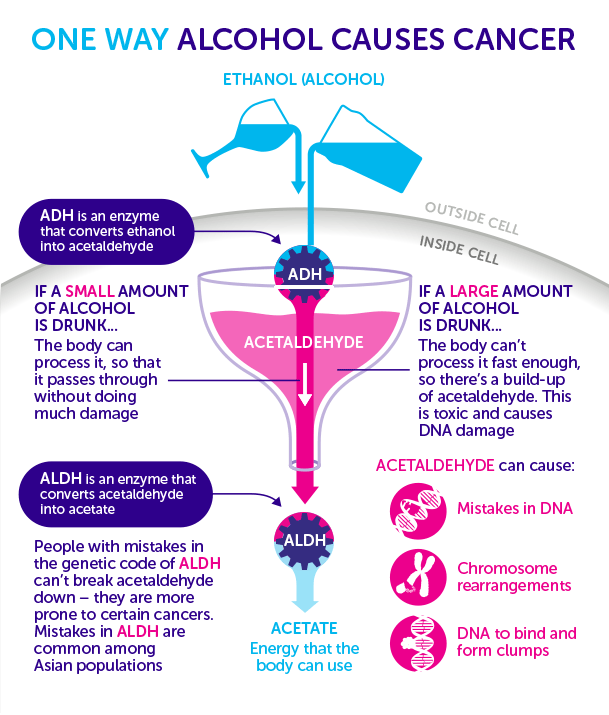From beer goggles to courage elixir, find out the surprising science behind the perfect pint that gets you tipsy!

Image courtesy of Chris F via Pexels
Table of Contents
For centuries, humans have been drawn to the allure of alcohol. From social gatherings to milestone celebrations, it has become an integral part of our culture. But amongst the revelry, one question always seems to linger: how many beers does it take to get drunk?
Curiosity around this topic is natural. We’ve all been there – wondering if we can handle one more beer, or if it’s time to call it a night. While the answer may seem straightforward, it’s important to recognize that alcohol’s effects on the body are complex and vary from person to person.
Understanding Alcohol Metabolism
Before we dive into the intricacies of intoxication, let’s first examine how the body metabolizes alcohol. When we consume a drink, the alcohol enters our bloodstream through the stomach and small intestine. From there, it is transported to the liver where the magic happens.
Our liver can process approximately one standard drink per hour. A standard drink, in this case, refers to a beverage containing around 14 grams of pure alcohol. To put it into perspective, a typical beer often has about 5% alcohol content, equating to roughly 14 grams. However, it’s crucial to note that other factors influence alcohol metabolism as well.
Age and gender: Younger individuals tend to process alcohol more slowly, as their liver functions may not be fully developed. Additionally, women generally have a lower capacity to metabolize alcohol due to differences in body composition and enzymatic activity.
Body weight and composition: Those with a higher body weight often have a larger blood volume, allowing for slightly more alcohol to be diluted. Conversely, individuals with a lower body weight may feel the effects of alcohol more quickly.
Metabolic rate: The rate at which your body converts food into energy can also impact alcohol metabolism. People with a higher metabolic rate may break down alcohol more efficiently.
Individual Tolerance Levels
Alcohol tolerance refers to an individual’s ability to withstand the effects of alcohol without becoming intoxicated. Tolerance can vary significantly among different people, but it can also change over time. Several factors contribute to an individual’s alcohol tolerance:
Genetics and family history: Our genes play a role in determining how well our bodies handle alcohol. Some people are genetically predisposed to have a higher tolerance, while others may be more susceptible to the effects of alcohol due to their genetic makeup.
Frequency and amount of alcohol consumption: Regular and heavy alcohol consumption can lead to an increased tolerance over time. As the body becomes accustomed to alcohol, it may take more drinks to achieve the same level of intoxication.
General health and physiology: Overall health and individual differences in body composition and enzymatic activity can affect how quickly alcohol is metabolized and its subsequent impact on our system. It’s important to remember that factors such as liver disease or medication use can also influence alcohol tolerance.
Selecting the Right Drink: Alcohol Content and Volume
Not all alcoholic beverages are created equal when it comes to alcohol content. Different types of drinks can have varying strengths, meaning that the number of beers needed to reach a certain level of intoxication can differ. It’s essential to consider both alcohol content and serving size when gauging your alcohol intake.

Image courtesy of news.cancerresearchuk.org via Google Images
For example, a standard drink of beer usually contains around 5% alcohol content. However, mixed drinks or spirits can have a much higher alcohol concentration, typically ranging from 30% to 40%. This means that fewer shots or cocktails may be required to achieve the same level of intoxication as a beer.
It’s also important to be mindful of the volume consumed. Drinking multiple beers versus a few stronger cocktails will vary not only in alcohol content but in overall liquid volume. Consuming a larger amount of liquid will inevitably affect your body’s hydration levels and may lead to a more intense hangover the following day.
To exercise responsible alcohol consumption, it’s wise to keep track of the number of standard drinks you’ve consumed, regardless of the beverage. Understanding your limits and recognizing that different drinks can have a different impact will help you make informed decisions.
External Factors Influencing Intoxication
While alcohol metabolism and individual tolerance play a crucial role in determining intoxication levels, external factors can amplify or decrease these effects. Here are a few notable factors to consider:
Mixing alcohol with other substances: Mixing alcohol with other drugs, such as prescription medications or illicit substances, can intensify its effects. It can also lead to unexpected reactions and potentially dangerous situations.
Drinking on an empty stomach versus a full stomach: Consuming alcohol on an empty stomach allows for quicker absorption into the bloodstream, potentially leading to faster intoxication. Eating a balanced meal before drinking can slow down the rate of alcohol absorption, reducing its immediate impact.
Psychological and emotional state: Our mental state can greatly influence the way we experience alcohol. Stress, anxiety, and other emotional factors can amplify the effects of alcohol, making us feel more intoxicated than usual.
Conclusion
As we unravel the mystery of how many beers it takes to get drunk, it becomes evident that alcohol’s effects on the body are not easily quantifiable. Understanding the science behind alcohol metabolism, recognizing individual tolerance levels, and considering the various factors that influence intoxication are vital in making responsible decisions regarding alcohol consumption.
So, the next time you find yourself pondering whether to reach for another beer, take a moment to reflect on these intricacies. Remember, everyone’s tolerance and reaction to alcohol are unique, and it’s crucial to know your limits. With knowledge and awareness, we can navigate the world of alcohol with confidence, ensuring an enjoyable and safe experience for all.
FAQ
How many beers does it take to get drunk?
The number of beers it takes to get drunk varies depending on individual factors such as body weight, metabolism, and tolerance. Additionally, the alcohol content and volume of the beer can also influence intoxication levels.
Is there a universal standard for alcohol tolerance?
No, alcohol tolerance is highly individualized and can vary greatly among different people. Factors such as genetics, regular alcohol consumption, and overall health play a role in determining an individual’s tolerance to alcohol.
Will drinking on an empty stomach make me get drunk faster?
Yes, drinking on an empty stomach can lead to faster alcohol absorption into the bloodstream. When there is no food to slow down the rate of absorption, alcohol can have a more immediate and intense impact on the body.
Can mixing alcohol with other substances affect intoxication levels?
Yes, mixing alcohol with other substances, including medications or illicit drugs, can intensify the effects of alcohol. This can lead to unexpected reactions, increased intoxication, and potentially dangerous situations. It’s important to avoid mixing alcohol with other substances and to consult with a healthcare professional if you have concerns.
Leave a Reply